Top 9 Songs of Spring
With the arrival of Spring, we will look at some of the great rock songs that explicitly mention or implicitly conjure images of Springtime. We countdown this subjective list from #9 to […]
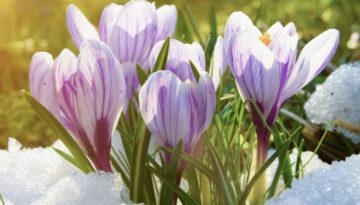
With the arrival of Spring, we will look at some of the great rock songs that explicitly mention or implicitly conjure images of Springtime. We countdown this subjective list from #9 to […]
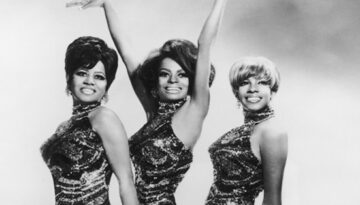
The earliest year we will review on Classic Rock Review will be 1965. But this week we will cheat a little and look at the top moments from the preceding year, 1964, as […]
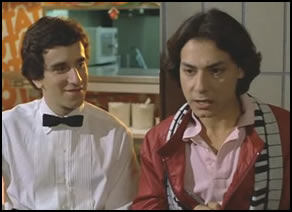
The movie soundtrack has become a great source for discovering music. Many dramatic scenes are fully augmented by appropriate audio, which in turn drives sales of the songs themselves. It is a nice […]
At the end of the Beatles last ever live performance (on a London rooftop) John Lennon jokingly said “I hope we passed the audition”. Well, there was actually a time when the band […]
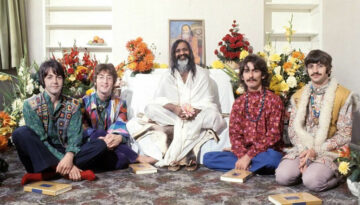
In early 1968, all four members of The Beatles traveled to northern India to attend a Transcendental Meditation training course with Maharishi Mahesh Yogi. While George Harrison, John Lennon, Paul McCartney and Ringo […]
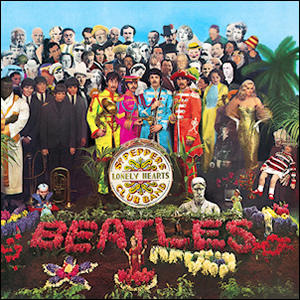
Buy Sgt. Pepper’s Lonely Hearts Club Band Buy Magical Mystery Tour There has never been (nor probably will ever be) a year in which a single band produced so much quality material as […]
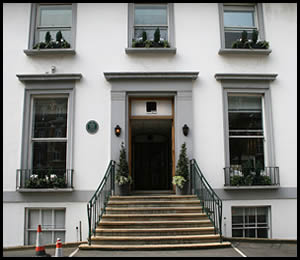
At the very end of The Beatles’ very last live performance, an improvised concert on the roof of a building in January 1969, John Lennon jokingly stated, “I’d like to say thank you […]
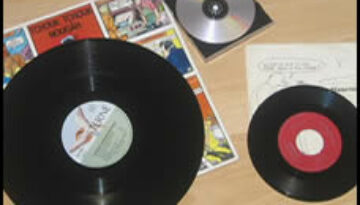
Classic Rock Review is built around the concept of the “album”, which we define as a collection of professionally recorded songs by a single artist published together usually through a single source of […]
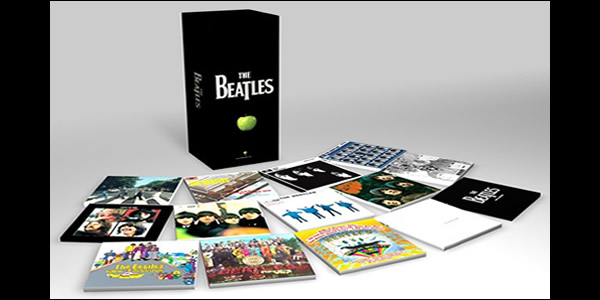
Ever since the beginning of the rock era, there have been compilations. As we mentioned in our very first special feature on The Album, long playing vinyl albums were simply a collection […]
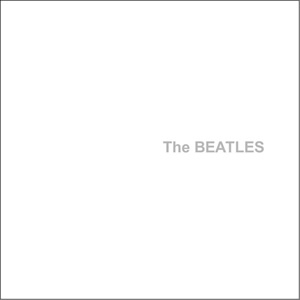
Buy The Beatles In 1968, The Beatles released their only double studio album, an eponymous release commonly referred to as The White Album. Despite the official title which emphasized group identity, the actual […]